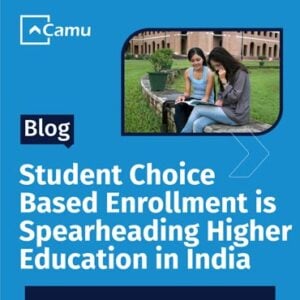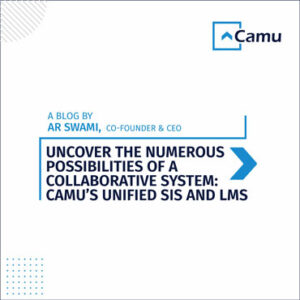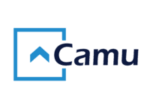
Transitioning from a Lecture Driven Classroom to a Flipped Classroom
Of course, there is no single strategy that works best in every classroom, for every student and teacher. It much depends upon the course, curriculum, program and learning outcomes, amongst other important criteria. However, there is one pedagogical framework that takes into account diverse styles, methods and situations, that can be adapted to any educational context. One that yields statistically significant improvements in long term learning.
It is deemed as the Flipped Classroom approach to instruction!
And we are increasingly witnessing the dire need for higher education institutions in India and across the world to transition from a standard, lecture driven classroom, to a flipped classroom. This comes at a time of major educational reforms, economic, demographic and cultural changes globally.
Introducing the Flipped Classroom Approach
In a traditional, lecture-oriented setting, students’ journey through the stages of learning, remembering and understanding within the classroom itself, while the subsequent stages of applying and analyzing are relegated to outside the classroom. With a flipped classroom model, however, the framework of Bloom’s Taxonomy is completely reversed. Students are expected to finish the lower levels of cognitive work before they enter the class, with the higher levels of cognitive work to be conducted alongside peers and faculty within the class. For instance, a student will be expected to do some readings, write down notes, and have a basic background of the topic to be discussed before he/she walks into the classroom. Once within the classroom, the heavy lifting i.e. problem solving and critical analysis takes place. In this manner, students may apply concepts and engage creatively in the subject matter, with the proper tools and guidance to succeed. The learning environment becomes dynamic and interactive as the educator guides students to evaluate and create. Most importantly, the focus is not on lecture slides or a pre-set presentation, but on insights, thoughts, perspectives and opinions of all learners – students and faculty. This co-creation of knowledge is what sets a flipped classroom apart!
1. Flexible Environment
A flipped classroom enables a flexible academic environment, wherein educators establish appropriate spaces and time frames that allow students to interact and reflect on their learnings as need be. From rearranging physical spaces to stimulate creativity to encourage independent study and group work, to leveraging multimedia online tools, the aim is to foster a holistic educational backdrop, whereby students learn across diverse modes and demonstrate mastery.
2. Learning Culture
Flipped education places emphasis on a learner-centric approach vis a vie a teacher-centric approach to instruction. In this manner, the teacher is not the primary source of information, rather a facilitator or mediator in a knowledge-sharing, co-creational backdrop. Classroom time is devoted to exploring topics in greater depth and developing enriching learning opportunities, resulting in active involvement from students as they evaluate their learnings in a manner that is both meaningful and applicable in reality.
3. Intentional Content
The flipped framework mobilizes its efforts towards delivering content that is relevant and up to date. This is aligned to criteria such as learning outcomes, grade levels and subject matter. The aim is to imbibe students with the right set of knowledge, skills and attitudes, brushing upon conceptual and procedural understanding. Ultimately, students should be able to remember the facts and apply them to the right context. Educators, hence, use intentional content to maximize student-centric instruction and inspire them to keep learning.
4. Teaching Methodologies
For a flipped classroom to work successfully, the professional educator must move beyond the conventional role of instruction. Which means, continuously observing students, providing them with timely feedback, assessing their work, and encouraging them to participate in the construction of knowledge. A professional educator should be open to constructive criticism, agile enough to handle controlled chaos, and inclusive of diverse perspectives. A variety of in-class exercises and assessments can be used to steer learning in the right direction.
Implementing a Flipped Classroom Approach
A flipped classroom approach works best when it is preceded by efficient planning and resource allocation. The following steps should be followed for the successful implementation of this framework.
Step 1:
Identify where the flipped classroom model makes the most sense for your course, program or institution.
Step 2:
Utilise classroom time to engage students in application-based activities, assessments and simulations, with timely feedback.
Step 3:
Distinguish and clarify between what is inside and outside class learning.
Step 4:
Adapt materials and tools so that students can acquire course content in preparation of the class.
Step 5:
Extend learning beyond the classroom through individual and collaborative practices.
As you can see, there is a lot to ponder over before flipping a classroom. But this is a choice that higher institutions must make because the model speaks the precise language of students today. Not only will you be educating students more efficiently, you will be empowering them to make better decisions, encouraging them to utilise all opportunities available, engaging them with real life scenarios, and equipping them with the core skills needed to excel in the industries of their choice.
How?
Through active learning, collaborative learning and problem-based learning!







